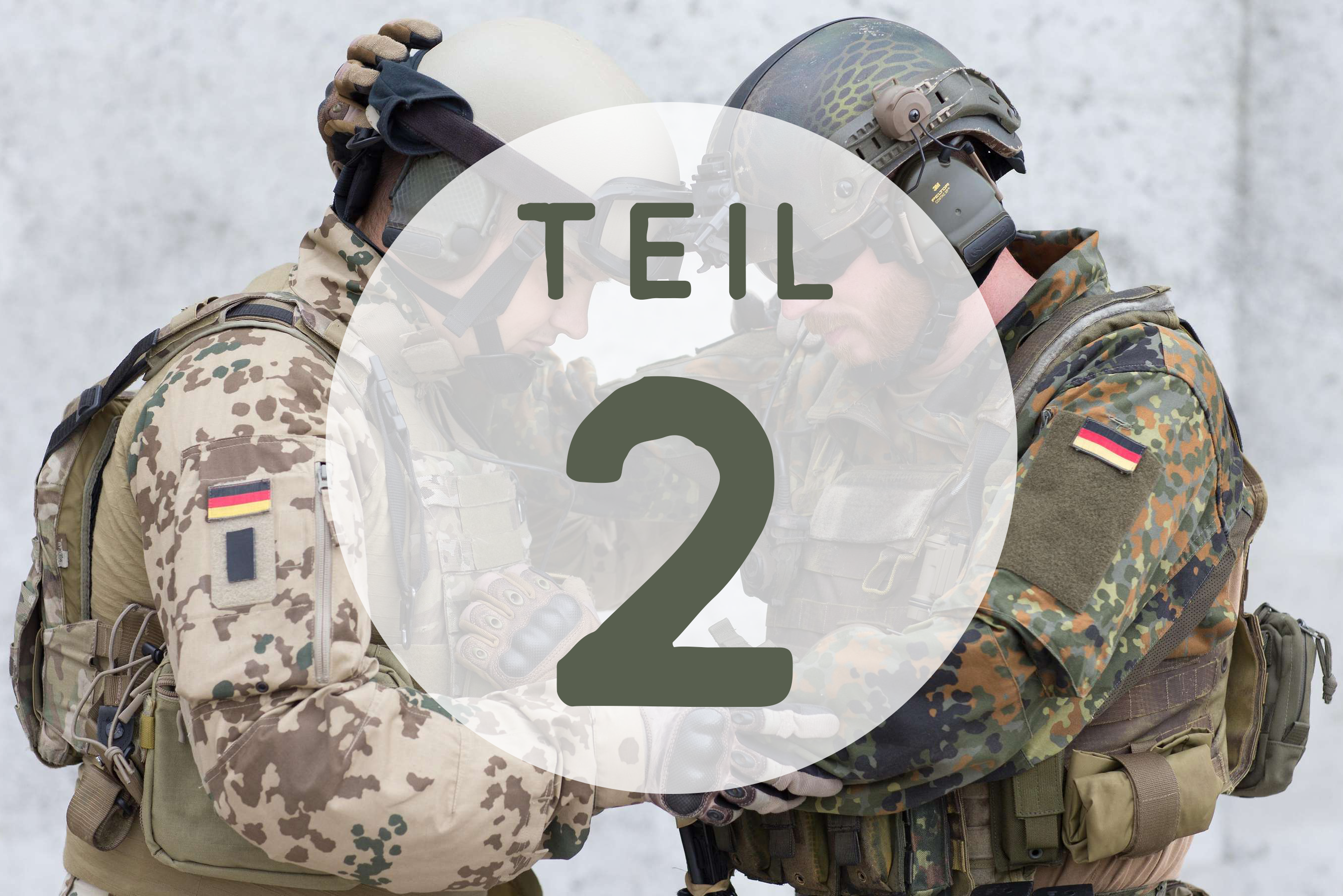There's a region in our brain called the limbic system. This brain area evolved during the time of human history when we lived in caves and hunted saber-toothed tigers with spears in a dangerous but relatively simple world.
The limbic system is our brain's survival system. It warns us of danger and ensures our survival in life-threatening situations. It functions just as well today as it does today, which is why it hasn't evolved or changed.
As our way of life has changed into a much more complex world with far more stimuli and information, the limbic system can be described as functioning but outdated software. Therefore, this sensory overload can lead to problems with this outdated software and information processing, which was actually designed for the simple but dangerous conditions of the Stone Age.
These problems then manifest themselves in PTSD.
The limbic system is a kind of scanner that evaluates every situation we cognitively perceive. It classifies it as dangerous or safe.
If the limbic system comes to the conclusion that the situation just experienced is dangerous, it activates the stress reactions we know via stress hormones.
This means we breathe faster to get more oxygen into our bloodstream and to supply our muscles with enough oxygen during peak exercise, so we can gain a lot of power very quickly.
How we act in a dangerous situation depends on whether and what is stored in our muscle memory.
These things, which we have regularly trained, are automatically stored in our muscle memory. In a dangerous situation, we act quickly and spontaneously and will do what we
first thing that comes to mind. It is irrelevant whether the strategy is suitable for
to eliminate the dangerous situation. The brain accesses what is automated
is stored and these are survival strategies that we have trained over and over again, hundreds, maybe even thousands of times.
Under certain circumstances, other areas of the brain may only function to a limited extent or not at all.
This can, for example, lead to us no longer being able to speak or to our memory being impaired because we de facto no longer have access to that area of the brain.
Our (temporal) perception can also be distorted, so that one second feels like 10 seconds, or vice versa. This is because the brain devotes all its energy to distinguishing between dangerous and harmless stimuli and responding with survival strategies stored in muscle memory.
We react differently depending on whether and what we have stored in muscle memory. If our brain has found a strategy, we go into fight. If we haven't found a strategy to change the situation, we go into flight. If we are in a situation where we cannot activate a strategy and cannot escape from the situation, we go into a state of shock. This is an emergency shutdown of the brain to protect us from sensory overload (freeze).
This is also the reason why, for example, soldiers practice the same situation over and over again. This has nothing to do with being stupid; it's meant to keep us capable of acting in highly dangerous situations so we can survive.
Therefore, as a soldier, you should be most grateful to the instructors who have “honed” you the most.
Today, the threats we face are often very dangerous, but relatively rarely do they result in death. The limbic system's first task is fulfilled once a dangerous situation has been dealt with. And since it has fulfilled its purpose, it doesn't develop any further.
The second task, to warn us of potentially dangerous situations, often leads to a false alarm in today's complex world, namely in the form of PTSD.
When we used to fight with yetis and other beasts, our limbic system would store every single stimulus we perceived in a life-threatening situation. The rustling in the bushes as the yeti approached us, its fur color, the area where we were attacked, the lighting conditions, the time of day, its smell, its sounds, and so on.
In itself, each warning stimulus is good because every Yeti is dangerous and we naturally want to be alerted immediately if we perceive one of the stimuli again.
This means that a Yeti might be nearby again, and we can more quickly initiate appropriate survival measures. We then react with fear and run away, or we get angry, grab our weapons, and ram them into the Yeti's body with force. We have survived; the limbic system is functioning.
Since our world today is more complex and overstimulated than before, false alarms are becoming more common.
For example, a traumatized soldier who was hit by an IED in Afghanistan may have a panic attack at home when he sees a harmless box on the side of the road as he drives past it, because the limbic system triggers an alarm.
A normal civilian, when he somehow perceives the color blue, can have a flashback (a recurring, distressing memory) of a serious traffic accident in which he was involved six months earlier.
The other party involved in the accident was driving a blue car.
Since our everyday lives are full of stimuli and perceptions, a traumatized person may not be able to calm down due to all the false alarms, which then leads to the symptoms of PTSD.
In the next part we will learn what you can do about PTSD.
Help is available here:
BAPersBw Federal Office of Bundeswehr Personnel Management Department VII 1.4
Bundeswehr Social Service
Alte Heerstraße 81
53757 Sankt Augustin
Senior Government Official Maria ScholtenPhone: +49 2241 15 2926

